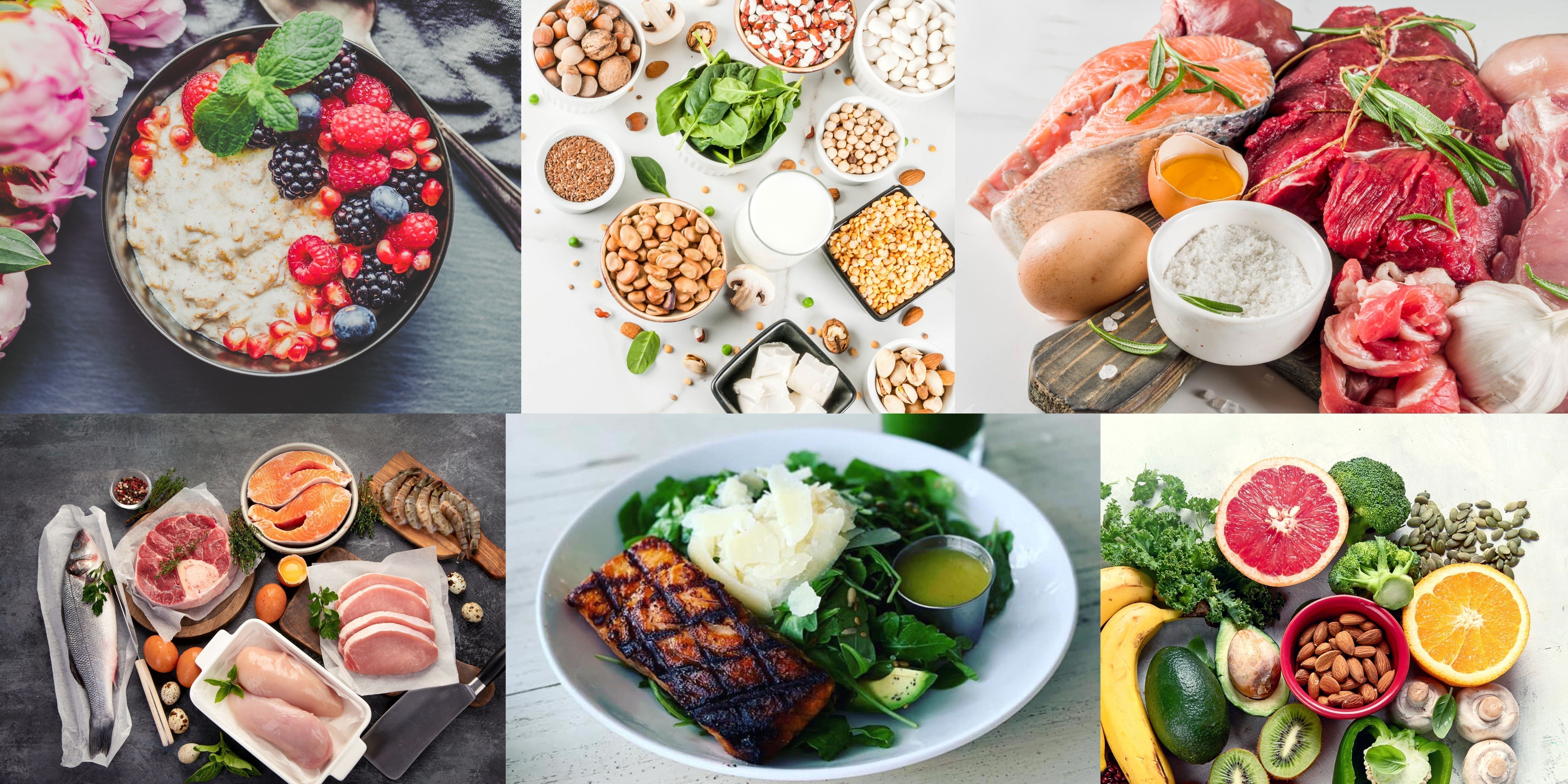"Milk, it does a body good.” This was the marketing mantra employed by the cow industry in the 1980’s to boost interest in cow’s milk. The campaign was wildly successful and as a result, The Dairy Farmers of America have reported sales topping 11 billion dollars in 2007. But does the overwhelming popularity of cows' milk in the United States signify that it really is the best? Should we assume that quantity equates quality when referring to a substance that is such an integral part of our food supply? Interestingly enough, when worldwide consumption of milk is taken into account, it is not cows' milk that is most popular but goats' milk.
In fact 65% of the milk consumption worldwide is from goat milk, and this popularity hasn’t come about due to high profile marketing campaigns or big-budget advertisements.
The reasons for its worldwide popularity are multifaceted. First, we need to remind ourselves that, “all milk is not created equal.” The differences between cow and goat milk may not seem apparent upon first examination. A closer look, however, reveals several key factors that play an integral part in how different milks match up with the human body in its various stages. All humans have been created to be sustained entirely upon their mothers’ milk for at least the first six months of life. There is no other food in the world better than mothers’ milk, and it truly shows both in the laboratory and the real world. But what about after these first few months are over, and one is faced with the rest of life? Why would someone choose goat dairy products over the far more popular and accessible cow milk?
Here are 5 reasons goat milk is better than cow milk.
1. Goat’s milk is less allergenic.
2. Goat’s milk is naturally homogenized.
3. Goat’s milk is easier to digest.
4. Goat’s milk rarely causes lactose intolerance.
5. Goat’s milk matches up to the human body better than cow’s milk.
1. Goat milk is less allergenic.
In the United State the most common food allergy for children under three is cow’s milk. Mild side effects include vomiting, diarrhea, and skin rashes and severe effects can be as serious as anaphylactic shock! Needless to say it is a serious condition. The allergic reaction can be blamed on a protein allergen. It is known as Alpha s1 Casein found in high levels in cow’s milk. The levels of Alpha s1 Casein in goat’s milk are less. In fact, it is about 89% less than cow’s milk providing a far less allergenic food.
2. Goat’s milk is naturally homogenized.
Placing both a glass of fresh cow’s milk and a fresh goat’s milk in the refrigerator overnight will reveal their natural homogenization. The next morning you would find that the goat’s milk looks exactly the same. However, the cow’s milk has separated into two distinct ‘phases’: cream on the top and skim milk on the bottom. This is a natural separation process that is caused by a compound called agglutinin. It will always cause the cow’s milk to separate. As Americans, we like everything neat and tidy and like getting the milk to the consumer in a uniform manner. The dairy industry utilizes a process called homogenization. Which works by forcing the fluid milk through a tiny hole under tremendous pressure. This destroys the fat globule cell wall and allows the milk and cream to stay homogeneous and well mixed.
The problem with such homogenization is that the cell wall of the fat globule has been broken. When broken it releases a superoxide (free radical) known as Xanthine Oxidase (see picture). Now free radicals cause a host of problems in the body. Not the least of which is DNA mutations, which often lead to cancer! Thus, the benefit of natural homogenization comes into clear view. Goat’s milk has smaller fat globules and does not contain agglutinin. Allowing it to stay naturally homogenized thus eliminating the dangers associated with homogenization.
3. Goat’s milk is easier to digest.
Goat’s milk has smaller fat globules as well as higher levels of medium chain fatty acids. This means that during digestion, each fat globule and individual fatty acid will have a larger surface-to-volume ratio resulting in a quicker and easier digestion process. Also, when the proteins found in milk denature (clump up) in the stomach, they form a much softer bolus (curd) than cow’s milk. This allows the body to digest the protein more smoothly and completely than when digesting cow’s milk.
4. Goat’s milk rarely causes lactose intolerance.
All milk contains certain levels of lactose which is also known as ‘milk sugar.’ A relatively large portion of the population suffers from a deficiency (not an absence) of an enzyme known as lactase which is used to, you guessed it, digest lactose. This deficiency results in a condition known as lactose intolerance which is a fairly common ailment. (Lactose intolerance and cow’s milk allergy (cma) are two distinct conditions. CMA is due to a protein allergen, while lactose intolerance is due to a carbohydrate sensitivity.)
Goat’s milk contains less lactose than cow’s milk and therefore is easier to digest for those suffering from lactose intolerance. Now the interesting aspect to consider is that goat’s milk isn’t much lower than cow’s milk (contains about 10% less than cow’s milk) and yet, countless lactose intolerant patients are able to thrive on goat’s milk. Although the answer for this is unclear, it has been hypothesized that since goat’s milk is digested and absorbed in a superior manner, there is no “leftover” lactose that remains undigested which causes the painful and uncomfortable effects of lactose intolerance.
5. Goat milk matches up to the human body better than cow milk.
This matter is both an issue of biochemistry as well as thermodynamics. Regarding the biochemistry of the issue, we know that goat’s milk has a greater amount of essential fatty acids such as linoleic and arachidonic acid than cow’s milk as well as significantly greater amounts of vitamin B-6, vitamin A, and niacin. Goat’s milk is also a far superior source of the vitally important nutrient potassium which we discussed in a previous High Road to Health issue. This extensive amount of potassium causes goat’s milk to react in an alkaline way within the body whereas cow’s milk is lacking in potassium and ends up reacting in an acidic way.
Thermodynamically speaking, goat milk is better for human consumption. A baby usually starts life at around 7-9 pounds, a baby goat (kid) usually starts life at around 7-9 pounds, and a baby cow (calf) usually starts life at around 100 pounds. Now speaking from a purely thermodynamic position, these two animals have very significant and different nutritional needs for both maintenance and growth requirements. Cows' milk is designed to take a 100 pound calf and transform it into a 1200 pound cow. Goats' and humans' milks were both designed and created for transforming a 7-9 pound baby/kid into an average adult/goat of anywhere between 100-200 pounds. This significant discrepancy, along with many others, is manifesting on a national level as obesity rates skyrocket in the U.S.
To conclude, we have seen that goat milk has several attributes that cause it to be a far superior choice to cow’s milk. It is less allergenic, naturally homogenized, easier to digest, lactose intolerant friendly, and biochemically/thermodynamically superior to cow milk. As if these benefits were not enough, Mt. Capra’s goat milk products do not contain any growth hormones or antibiotics that massive cow dairies have come to rely upon to turn a profit! To sum up, and paraphrase the cow industry catchphrase, “Goat Milk: It Does a Body Good."








Share:
Benefits of Goat Milk Soap for Skin